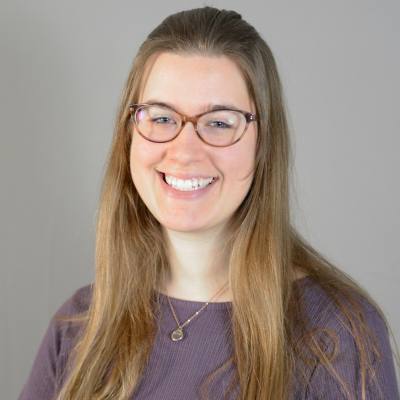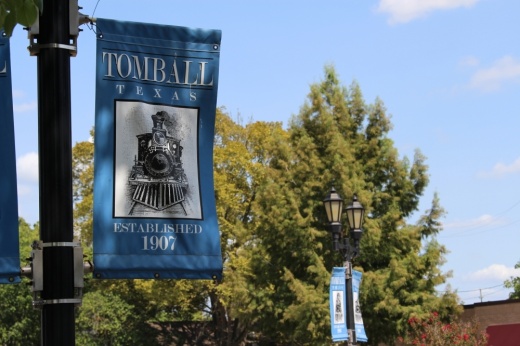“I think 6,000-foot lots are pretty small. We’ve got a lot of them. Three years ago we had none. We had no homes being built,” Council Member Chad Degges said during the meeting. “I’m not against the development that I see here, but I’m not really excited about going the wrong direction [in lot size]. Five-thousand-square-foot lots are just not that compelling at this point in our growth.”
The tract, located behind the Baker Hughes training facility at the northeast corner of FM 2920 and FM 2978, is designated as light industrial. The zoning ordinance, which failed on first reading, sought to change the designation to a planned development district, a request by Baker Hughes Oilfield Operation LLC represented by META Planning + Design.
According to the city’s code of ordinances, a planned development district accommodates a combination of land uses, such as office parks, retail/commercial space, shopping centers or residential developments having a mixture of housing options.
The planning and zoning commission, and city staff recommended approving the zoning change with a 5-0 vote in support by planning and zoning, Community Development Director Nathan Dietrich said during the meeting.
The development is proposed by homebuilder David Weekley Homes, Dietrich said.
In addition to a maximum 200 homes, the concept plan also proposed 1.6 acres of park space; 6-foot trails around the detention area; walkways to link residences to commercial businesses along the frontage of FM 2920 and FM 2978; enhanced landscaping buffers and fencing; and a “Welcome to Tomball” entrance sign along FM 2920, Dietrich said during the meeting.
However, council members and residents expressed concerns with the small lot size—a minimum lot width of 45 feet and minimum depth of 110 feet, totaling 4,950 square feet.
“In regards to the number of lots, lot sizes and the commercial, the developer has decided to go with the number of lots and the sizes based off of making their numbers work and making this a profitable development,” said Daniel Valdez, a representative with META Planning + Design, during the meeting. “If [the developer] come[s] in with larger lot sizes [and] less commercial, it may not be something that can be economically feasible in this area.”
Dane Dunagin, a Tomball resident running for City Council Position 3 and a member of the city’s planning and zoning commission, said during the public hearing April 18 he is concerned about the density of the development.
“I would like council to consider making it larger lots ... even larger than the 6,000 [square feet] that we usually do in the Single Family-6 [zoning designation]. I think that putting that many lots in that small of area, we’re going to have overcrowding,” Dunagin said. “I’m concerned about putting 200 houses right in there behind the retail and what that’s going to cost for us in our [infrastructure].”
Barbara Seber, whose property borders part of the proposed development, wrote in opposition to the development about concerns with runoff from the development flooding her property, increased traffic and safety concerns with residences nearby her farmland that includes bulls and cows.
“I’m a little disappointed by the lot size,” Council Member John Ford said during the meeting. “But we get into this situation where we’re mandating lot size, and for me, that gets into what I’ve known as ‘exclusionary zoning,’ which has its roots in places I don’t even want to go—segregation and discrimination. ... I have concerns with this development, especially in the comments from Ms. Seber about cows.”
Ford said he also owns cows and understands concerns with potentially curious residents visiting nearby cows, which may act aggressively trying to protect their young cows.
“Communities have used type of housing and lot size to exclude certain people from coming into their community,” Ford said. “I don’t want to be any part of that. ... I’ll be voting against this not because of the lot size but because of these other safety concerns that were brought up, and plus I just don’t like this [development] here.”
Council members also said they are concerned about the traffic the proposed development would generate in an already congested intersection, with more homes and schools planned nearby.
For example, during the April 18 meeting, council also approved a development agreement relating to a public improvement district project for Winfrey Estates, a 34.4945-acre residential development planned for the northwest corner of FM 2920 and FM 2978.
“When we go in and we put 200 lots that close to another subdivision or another planned development, that’s going to bring more traffic, and then south of there is going to be a [Klein ISD] high school. ... When you start adding all of that to that intersection and to traffic flow, that is going to be a major impact,” Council Member Derek Townsend said during the meeting. “If you go to a larger lot, you don’t have as many [cars].”





